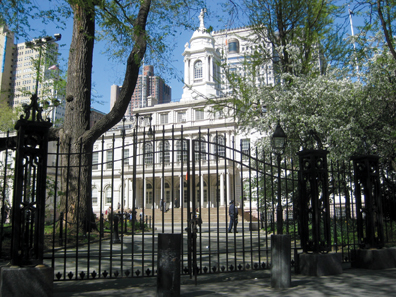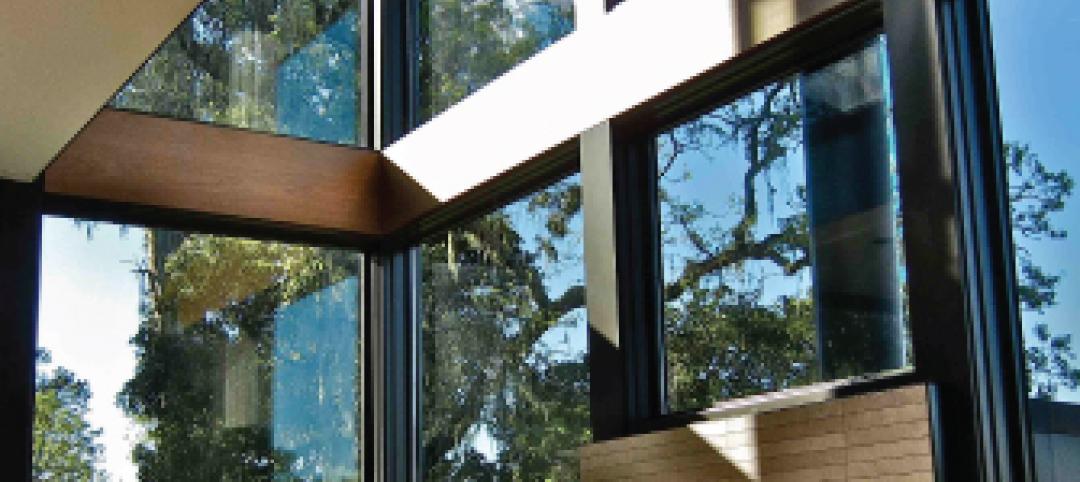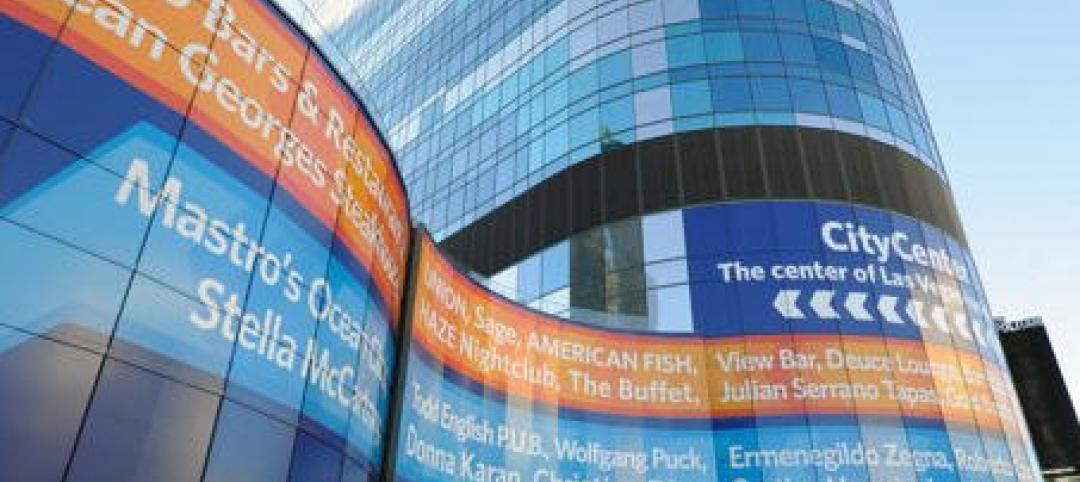Built in 1812, New York’s City Hall ranks among the most important historic buildings in the nation’s most populous and, some would argue, grandest city. With its elaborate furnishings and interiors, invaluable fine arts collection, and gorgeously decorative plaster ceilings, it has been a fitting home to the city’s 108 mayors (including the incumbent, Michael Bloomberg), City Council members, and numerous municipal executive and legislative offices for two centuries. It stands as one of the nation’s oldest city halls still in continuous use.
City Hall last received a major renovation nearly a century ago. Four years ago, a Building Team led by construction manager Hill International took on the monumental task of restoring City Hall for another couple of hundred years of active service.
The job posed some unusual problems. City Hall sits atop four subway lines, which raised concerns about vibration during construction. Both its American Georgian interior and Federal-style exterior have been designated New York City landmarks and are listed on the National Register of Historic Places, making any attempt at restoration a white-glove job. And, as the Building Team would learn, excavation of the site would uncover archeological artifacts whose documentation and preservation had to be completed before work could continue.
PROJECT SUMMARY
CITY HALL
New York, N.Y.Building Team
Submitting firm: Hill International, Inc. (CM)
Owner: New York City Department of Design and Construction
Architect: Beyer Blinder Belle
Structural engineer: Robert Silman Associates
MEP engineer: Lakhani & Jordan
Fire/life safety consultant: Rolf Jensen & Associates
General contractor: Rockmore Contracting Corp. (phase 1); Plaza Construction (phase 2)General Information
Size: 70,000 sf
Construction cost: $93.5 million
Construction time: September 2008 to July 2012
Delivery method: CM at risk
The Building Team also had to contend with the political theatricality of the place—the possibility that at any moment the Mayor might call a press conference that would halt work, or a tour group would come through and interrupt reconstruction activity, or the adjacent park might become the site of a demonstration that could disrupt the delivery of materials. Compounding these logistical issues was a well-publicized fixed date of completion: July 1, 2012, the bicentennial of its original occupancy.
The Hill-led team took on the challenge in bold fashion, starting with the 1903-era ceiling in the 4,050-sf Council Chamber. The 75x54-foot ceiling, with its elaborate oil-on-canvas murals—a central oval panel measuring 40x22 feet surrounded by four 11x11-foot octagonal panels, which are mounted onto the plaster ceiling—towered nearly 29 feet above the floor, complicating the task of restoration.
To enable its team of 11 specialty conservation contractors to execute the work to the level of detail and quality that the project called for, the Building Team erected a temporary “ballroom floor” 11 feet below the ceiling, rather than using scaffolding.
This enabled the conservators to work with much greater precision on the ceiling and allowed them to discover areas of deterioration that might not have been addressed under conventional methods. The canvasses were hand-scraped from the plaster base and removed for off-site refurbishment.
'Trench warefare' in Lower Manhattan
Another massive undertaking involved the revamping of the building’s electrical service. Previously, City Hall obtained its electricity from feeds running from the Tweed Building across the street via an underground tunnel.
To provide City Hall with its own source of electrical service, the Building Team proposed running the electrical feed from a vault located across the street to a newly constructed electrical sub-basement beneath the East Wing. This would require digging an open trench of two thousand linear feet.
Unfortunately, the route of the trench went through a rich lode of archeological artifacts and graves, which meant that work had to be halted with every new discovery. Compounding the problem, the excavation posed a threat to the nearly 300-year-old trees on the park site. The pace of excavation slowed to two feet a day.
Hill International turned for advice to colleagues who were working on local subway projects. They suggested the use of a micro-tunnel boring machine. This device allowed the City Hall team to cut a 32-inch tunnel at a depth of 15 to 20 feet, thereby avoiding any contact with artifacts or human remains. A job that could have taken eight months was completed in three and a half weeks, saving $2-3 million.
Although some work is still proceeding, to date the renovation of City Hall has consumed 2,300,000 man-hours, making it one of the most elaborate reconstruction projects in recent U.S. history.
“This was a very experienced team that executed a spectacular restoration of an important symbol of New York City,” said Reconstruction Awards Honorary Chair Walker C. Johnson, FAIA. “Great attention to detail resulted in an exquisite, newly restored structure.” +
Related Stories
| Mar 19, 2012
Skanska promotes Saunders to VP/GM of Bayshore Concrete Products
During his more than 13 years with Bayshore, Saunders has provided products for Victory Bridge in New Jersey, Route 52 Causeway in Ocean City, N.J., and for numerous piers at Naval Station Norfolk and the Norfolk Naval Shipyard.
| Mar 19, 2012
Smith Carter joins forces with Genivar
Smith Carter has a workforce of some 190 employees and designs complex buildings in challenging environments.
| Mar 19, 2012
HKS Selected for Baylor Medical Center at Waxahachie
Baylor Medical Center at Waxahachiewill incorporate advanced technology including telemedicine, digital imaging, remote patient monitoring, electronic medical records and computer patient records.
| Mar 19, 2012
Mixed-use project redefines Midtown District in Plantation, Fla.
Stiles Construction is building the residential complex, which is one of Broward County’s first multifamily rental communities designed to achieve LEED certification from the USGBC.
| Mar 16, 2012
Temporary fix to CityCenter's Harmon would cost $2 million, contractor says
By contrast, CityCenter half-owner and developer MGM Resorts International determined last year that the Harmon would collapse in a strong quake and can't be fixed in an economical way. It favors implosion at a cost of $30 million.
| Mar 16, 2012
Work on Oxnard, Calif. shopping center resumes after a three-year hiatus
Stalled since 2009, developers of the Collection at RiverPark decided to restart construction on the outdoor mall.
| Mar 16, 2012
Stego embarks on HPD Pilot Program
Vapor barrier manufacturer strives to provide better green choices to designers and builders.
| Mar 16, 2012
Marvin Windows and Doors accepting entries for fourth-annual myMarvin Architect’s Challenge
Architects in U.S. and abroad offered the chance to showcase their very best work.
| Mar 14, 2012
Hearing to decide fate of unfinished Harmon in Las Vegas under way
The testimony began with CityCenter consulting engineer Chukwuma Ekwueme methodically showing photo after photo of parts of the Harmon, where he and his team had chipped away the concrete pillars and beams to examine the steel reinforcing bars inside.

















